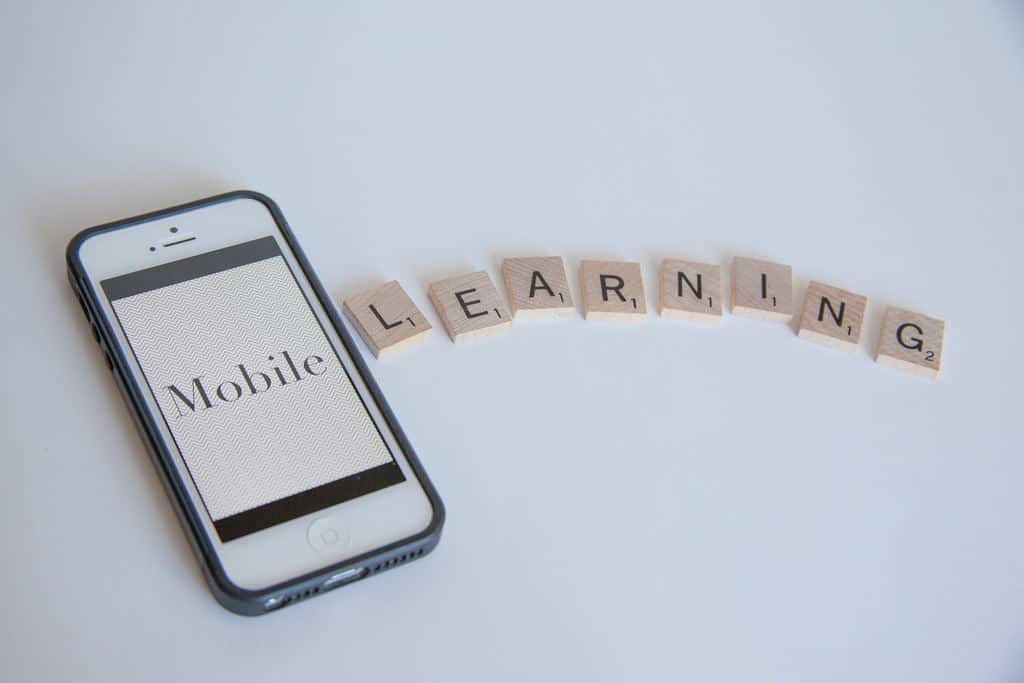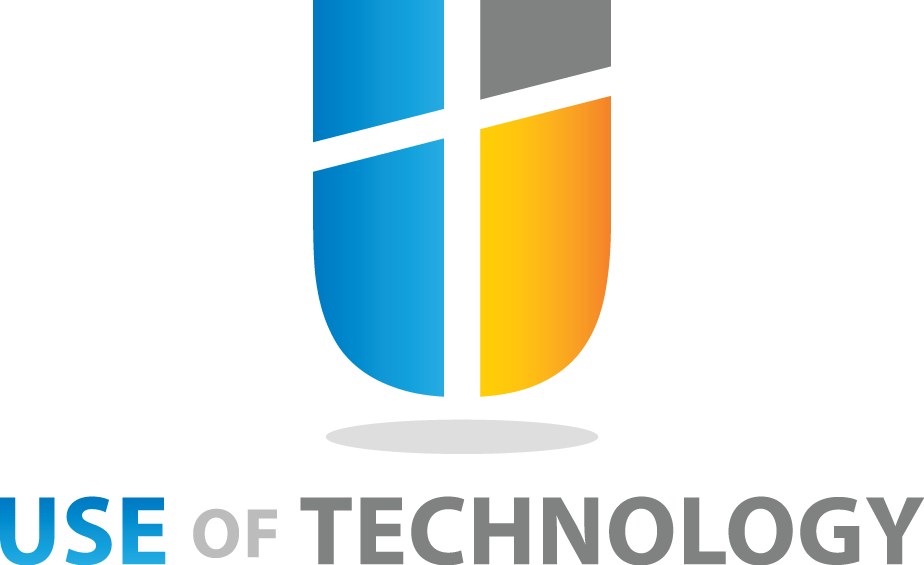Technology has and will continue to change all industries. Often, the effects of technology on any industry are disruptive in nature. Take the transport industry for example; the predicted commercialisation of self-driving technology threatens millions of jobs across the world. Take the publishing industry for example. The rise of the online media has forced traditional publishing companies to rethink their business plans.
A similar change is taking place in the education sector. The increasing use of technology is changing the manner in which basic processes in education are being carried out. Here are some of the most profound ways how technology has changed education so far.
1. Increasing accessibility
One of the most profound ways in which technology has changed education is that is has made it more accessible than the way it was a few decades before. It is now possible for anyone to access formal educational courses, thanks to online courses. In practice, all institutions of higher learning now offer a number of their courses on an online basis.
Also, we now have fully-fledged universities that thrive by offering all their courses online. As a result of this process, it is now easy for anyone to access a desired educational course online. Thus, technology has broken the geographical barriers that limited access to education in the past.
2. Flexibility
As a result of the rise of online courses, it is now easy for anyone to learn at their own pace, rather than being forced to adhere to strict timelines. Technology has made it possible for individuals to learn from anywhere as opposed to the way things were before when individuals had to travel to physical schools to access education.
Interestingly, online learning means that people can learn at varying pace, depending on their ability and the amount of time that they are willing to devote to their learning effort. Given learning materials are delivered to learners online, learners can schedule their learning timetables as they wish.
3. Interaction between teachers and students

In the past, teachers relied on actual meetings to interact with their students. It was only during physical meetings that teachers could deliver learning materials and instructions to learners. However, nowadays, this kind of absolute dependence on physical meetings is gone. It is easy for teachers and learners to stay in touch via email and other internet-based services such as file-sharing and Instant Messaging applications.
Although the need for physical meetings between teachers and students remains vital, technology has provided a means in which teachers and learners remain in touch all the time.
4. Online Tests and Assessments
It is now possible for institutions to test their learners online. Furthermore, institutions can now assess the ability of their learners online and determine the performance of the learners, without necessarily requiring the learners to attend physical assessment sessions.
Apart from the obvious advantage of flexibility e-assessments, as they are now commonly known, have the reputation of being highly efficient and impartial. Students can now use e-assessments to accurately gauge their performance. Similarly, education institutions can accurately and efficiently assess their learners using online assessments, thus saving time, money and other resources in the process.
5. New Content
Technology has made it possible for learners to access new content easily. For example, it is now possible for learners to access e-books from anywhere and at any time. Besides, we now have digital versions of many popular textbooks. Although some of the free digital versions of important textbooks are not complete, they still make it easy for learners to access content online.
More so, we now have full eBooks versions of popular textbooks. Learners now do not have to own hard copies of their textbooks for them to get the learning content. EBooks continue to revolutionise the way learners access and use content as part of the learning and teaching process.
6. Special needs in education
For years, special needs have been an important issue in education. It is easy for the traditional classroom environment to work against the interests of learners with special needs. Either way, the highly standardized and often rigid procedures that learners and teachers have to go through in the traditional classroom environment may fail to address the individual needs of some learners.
On the contrary, the highly flexible, interactive and accessible nature of digital learning provides a wonderful environment for individuals to learn in ways that suit their personal needs, capabilities or even challenges. More so, teachers can now use various technology applications to help learners with particular needs learn better.
7. Lifelong learning
Gone are the days when people would forget everything about education the moment they stepped out of college. In the current knowledge-driven world, people have to learn new skills all the time. Learning is now part of life for everyone. New demands at work mean that people have to learn new ways of doing things.
Similarly, emerging life issues force people to acquire new sets of skills all the time. The good news is that with the rise of new technology-based educational courses such as MOOCs, individuals can learn almost anything at any time. Thus, technology has made learning a truly life-long activity.
8. The rise of mobile learning content

Mobile learning applications help learners to access content on their mobile devices. The rise of mobile learning can be traced to the changes regarding internet accessibility that are taking place currently. In the recent past, leading tech companies such as Google and others have been emphasising on the growing importance of mobile. Their underlying belief is that people are increasingly restoring to using mobile devices to access the internet. Therefore, the argument has been that content providers should focus on optimising content for mobile viewing.
These changes are affecting education in various ways. However, primarily, we are now experiencing the rise of developers and content providers who are developing mobile-focused education apps and content respectively. Interestingly, it appears that we are set to experiencing this trend over the coming years.
9. Making learning fun again
One of the main ways in which technology has changed education relates to the various forms in which learning content is now delivered. As a result of technology, it is no longer necessary to stick to using one form of content in the process of teaching and learning. Teachers can now use videos, animations and other forms of content to enhance the process of learning.
Furthermore, it is now common for learners and teachers to use games as a way of enhancing the process of learning and teaching. As a result of the use of various forms of content, learning and teaching are now fun and more meaningful than the way it was in the past.
10. Cost reduction
Technology has contributed to significant reductions in the costs of accessing education. To education providers, the use of technological applications to change the manner in which basic processes are conducted has led to drastic reductions in the amount of money the institutions spend.
Similarly, to learners, technology has led to drastic reductions in the costs that the learners have to incur in the course of accessing education. Therefore, reductions in costs, as a result of the use of various technological applications to change the manner in which learning and teaching take place, has benefited all the stakeholders in the education sector.
In conclusion, technology has changed education in various ways. From making education more accessible and meaningful to enhancing the manner in which teachers and learners interact during the process of learning, technology has had many profound and positive effects on education.

